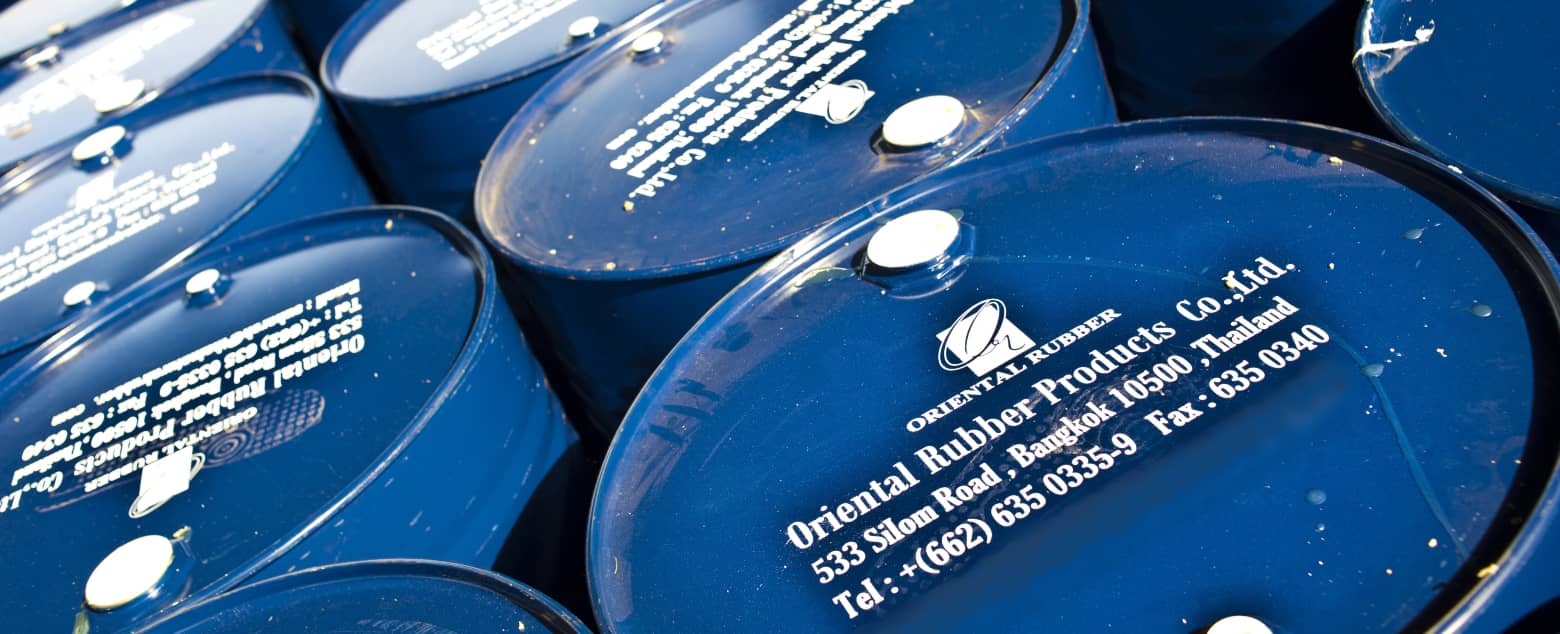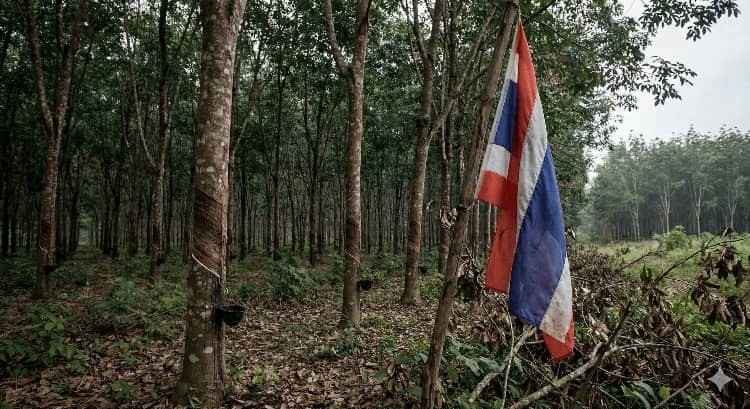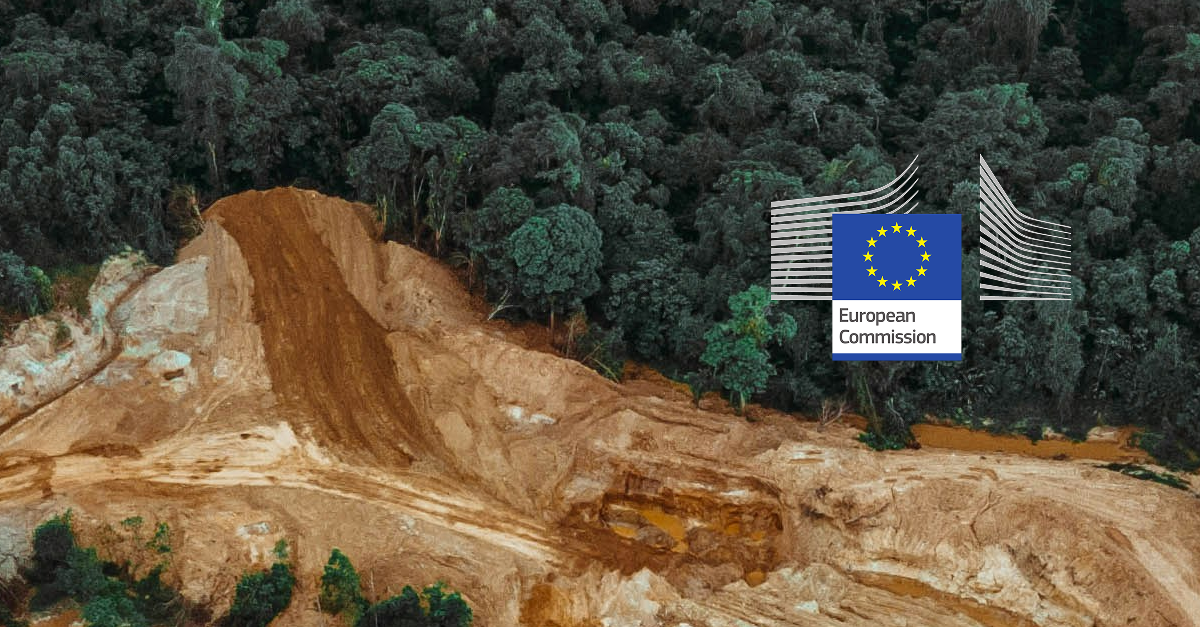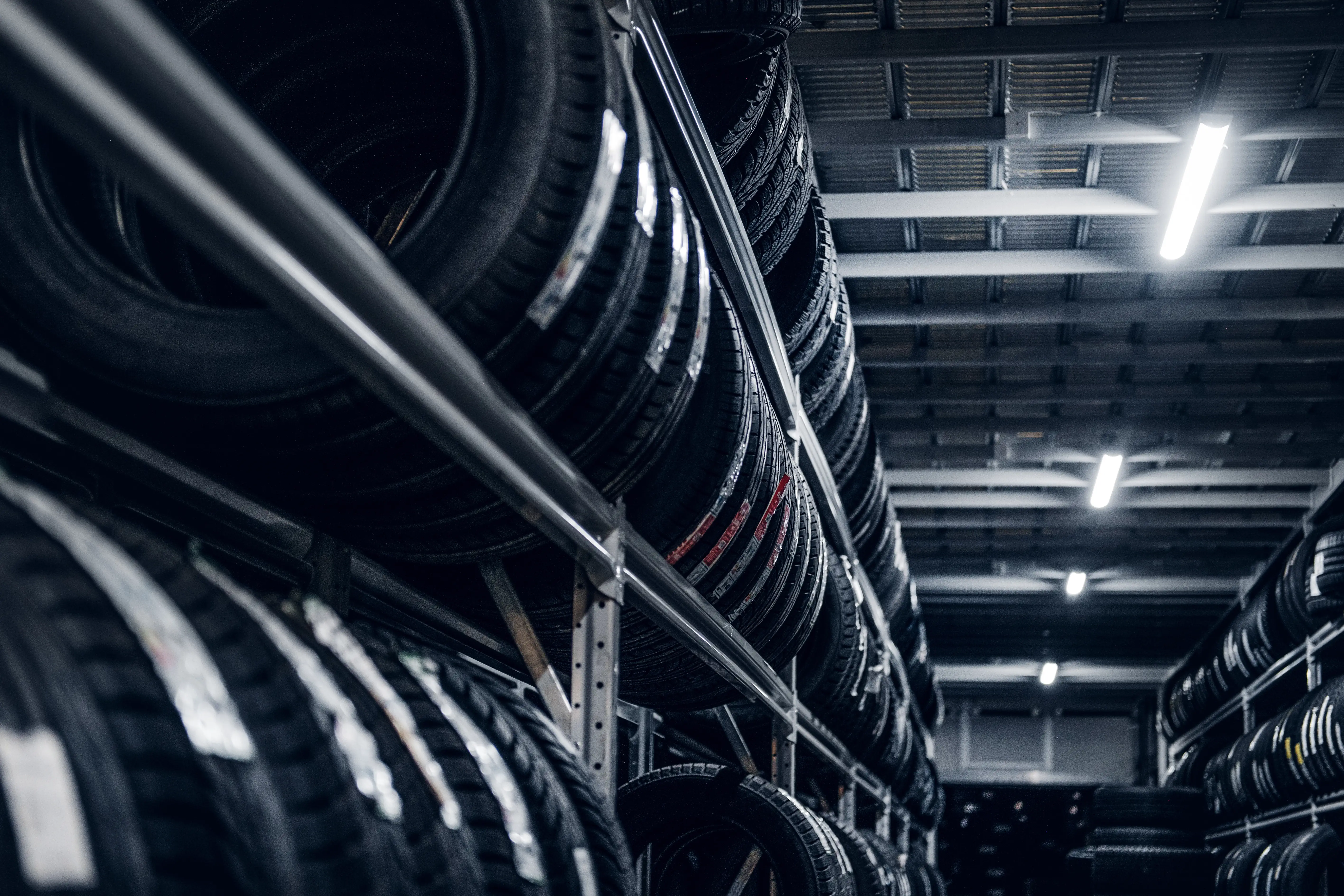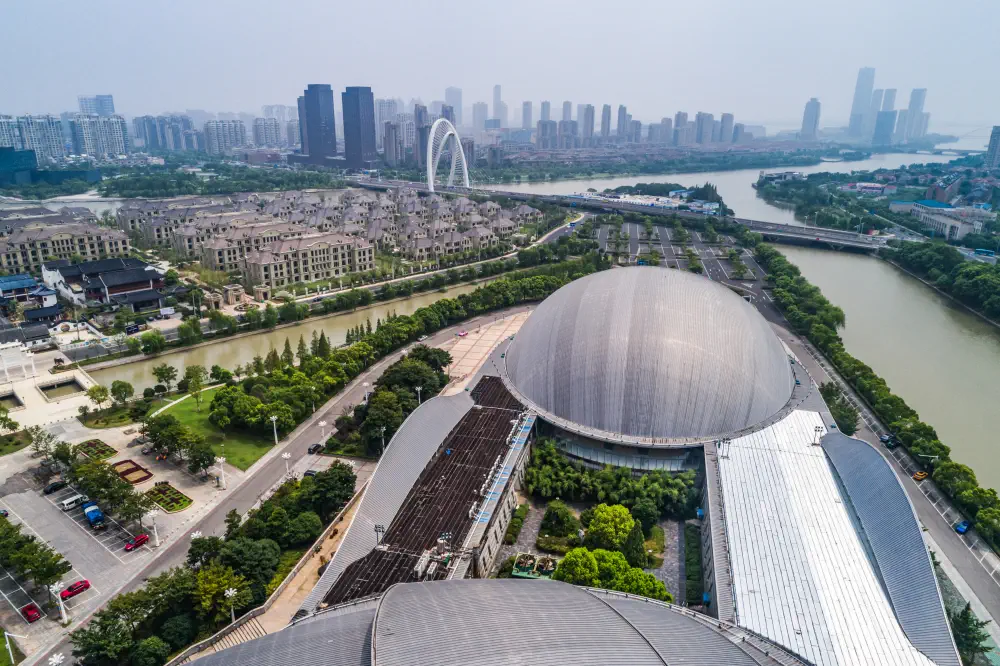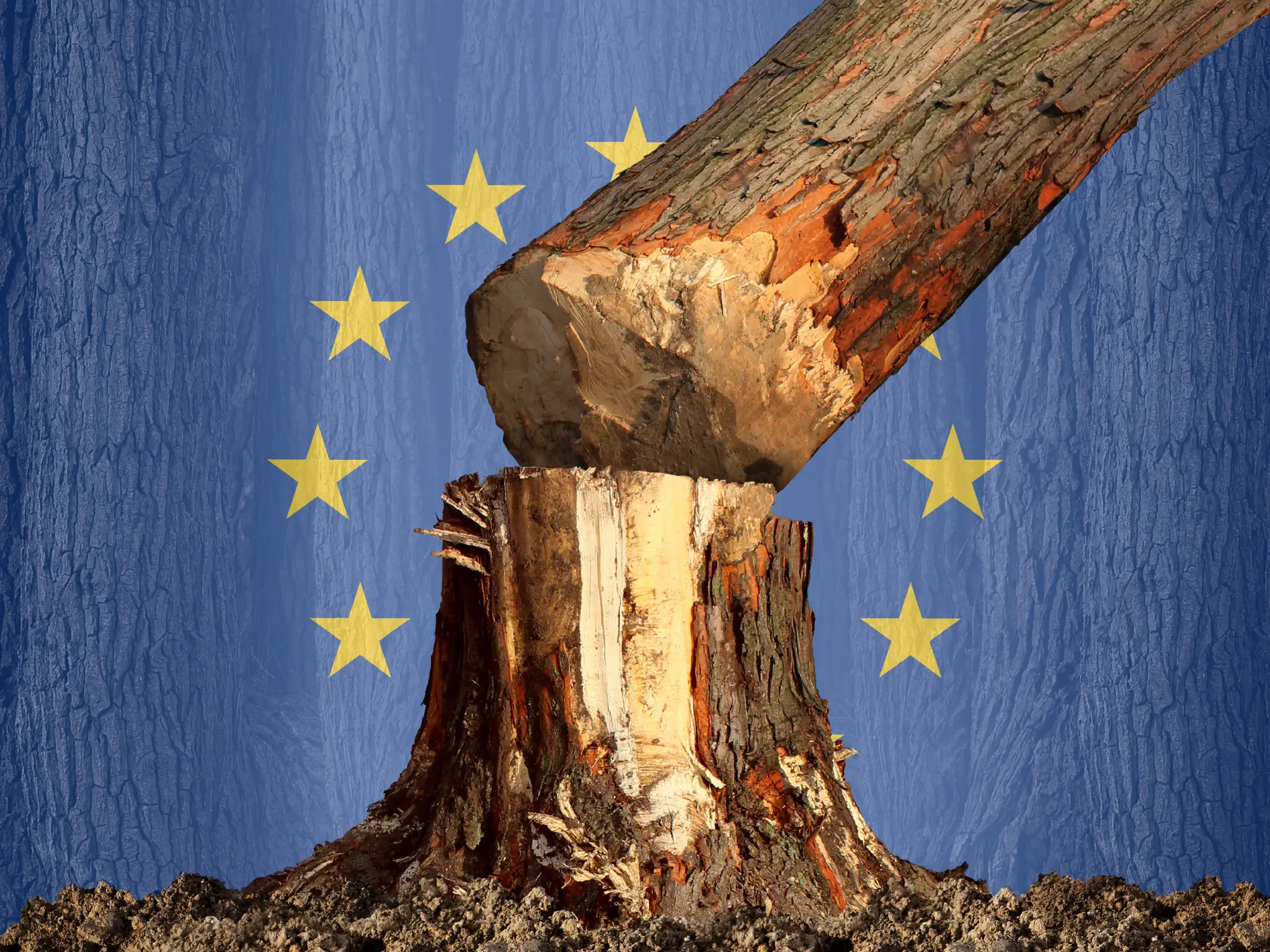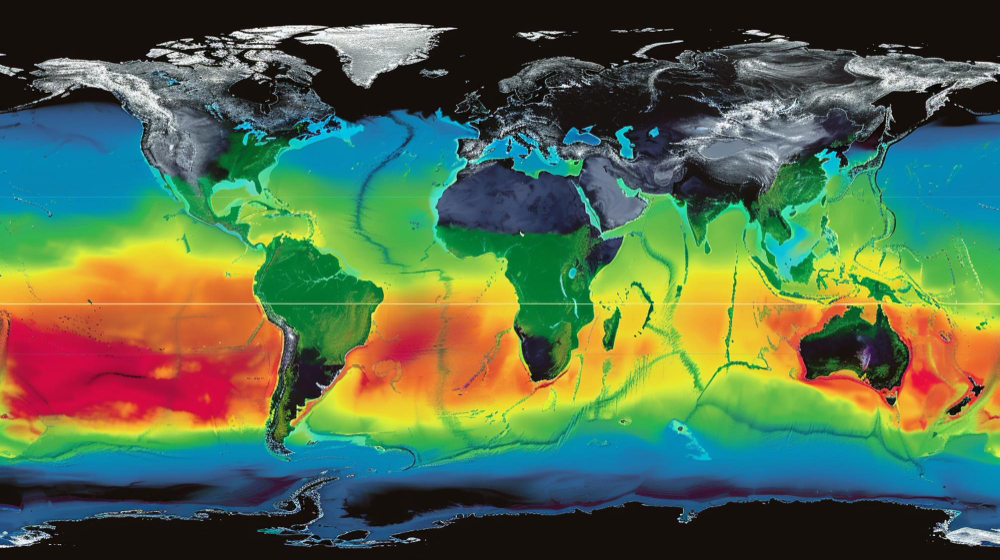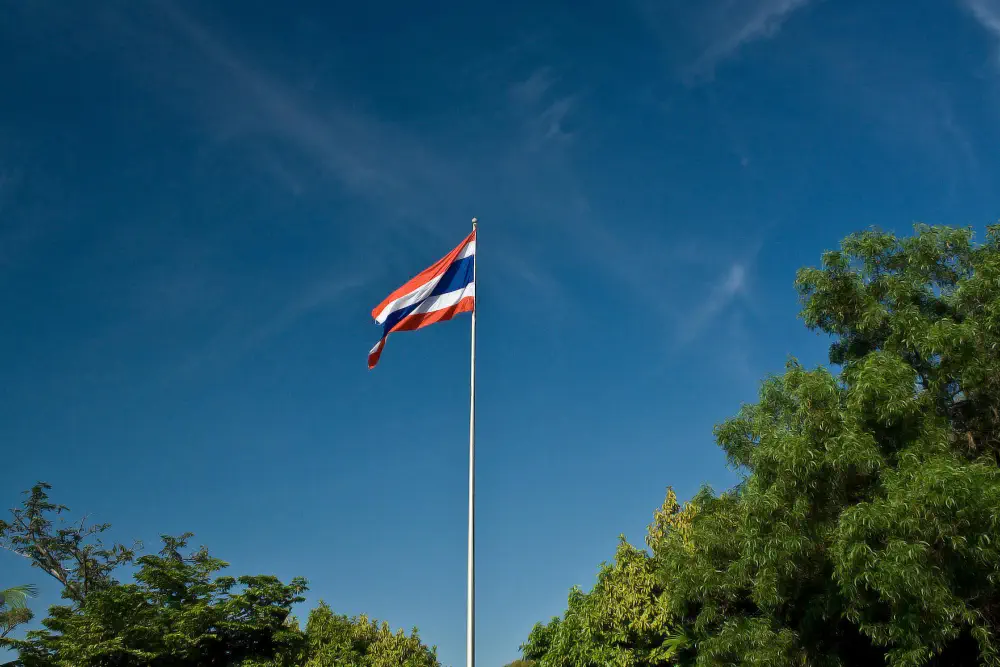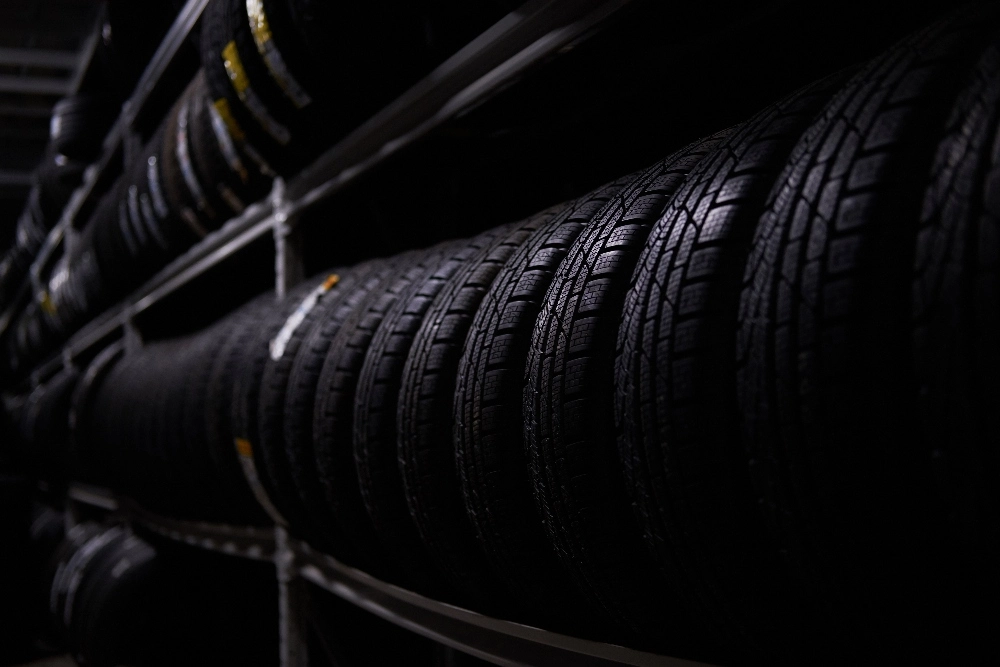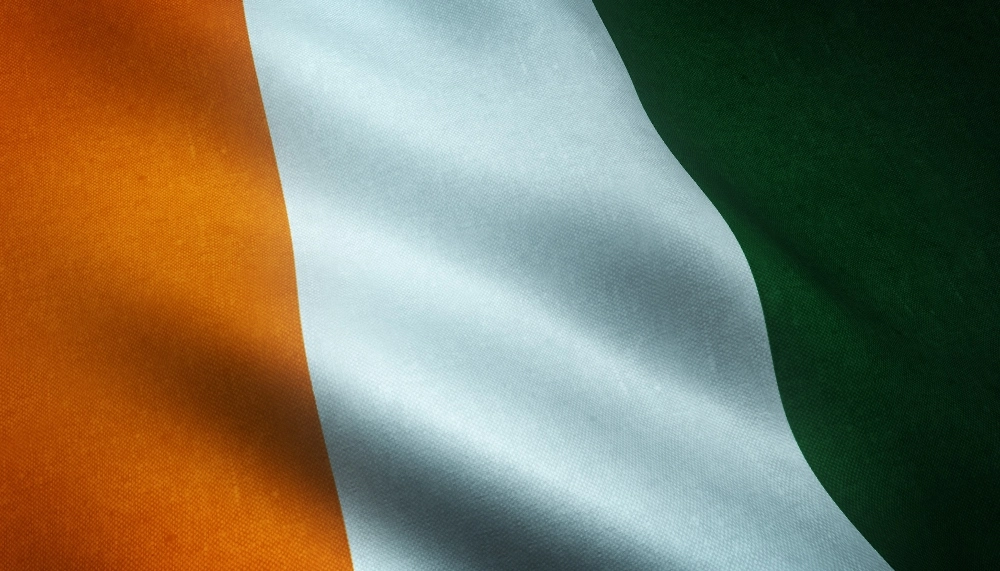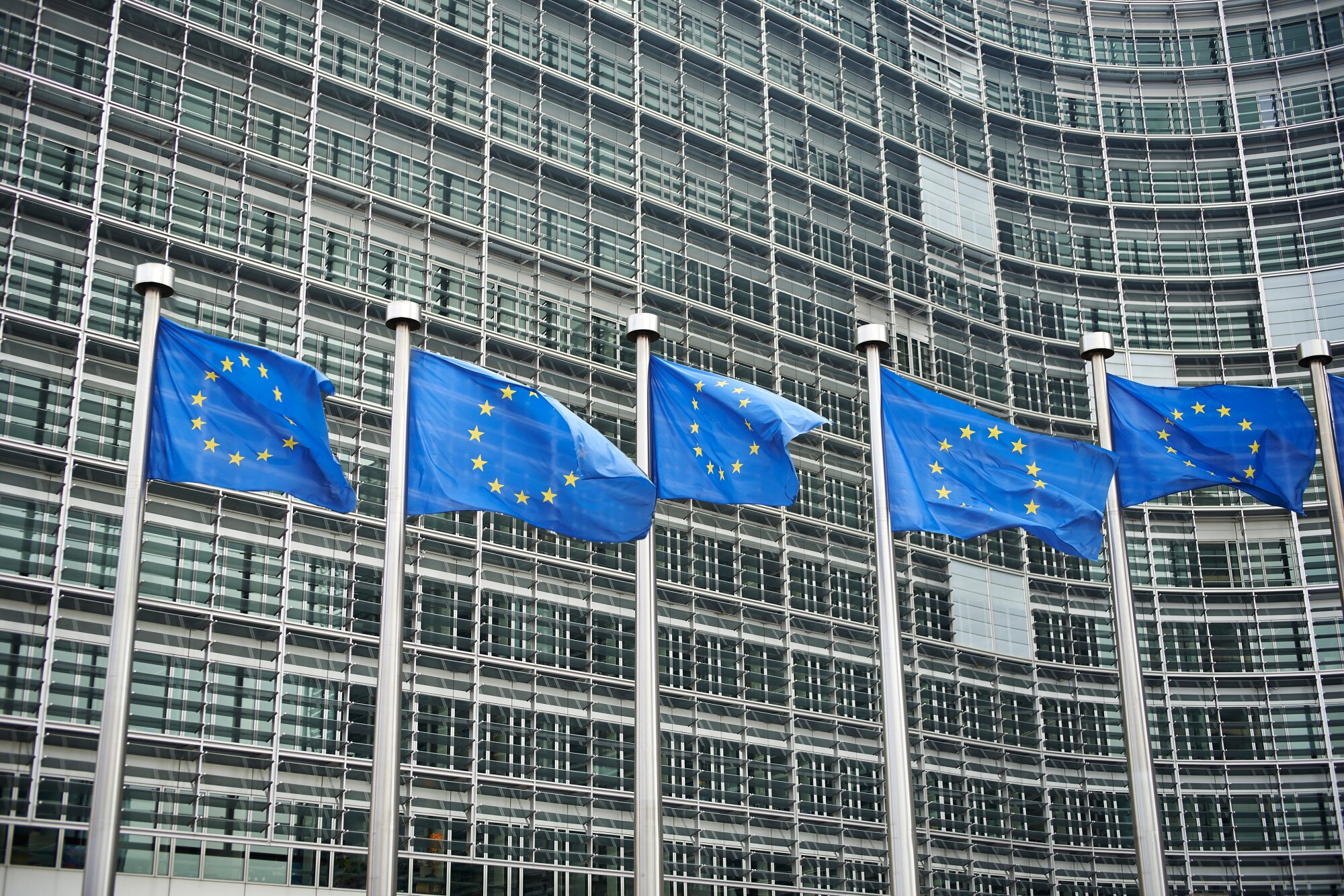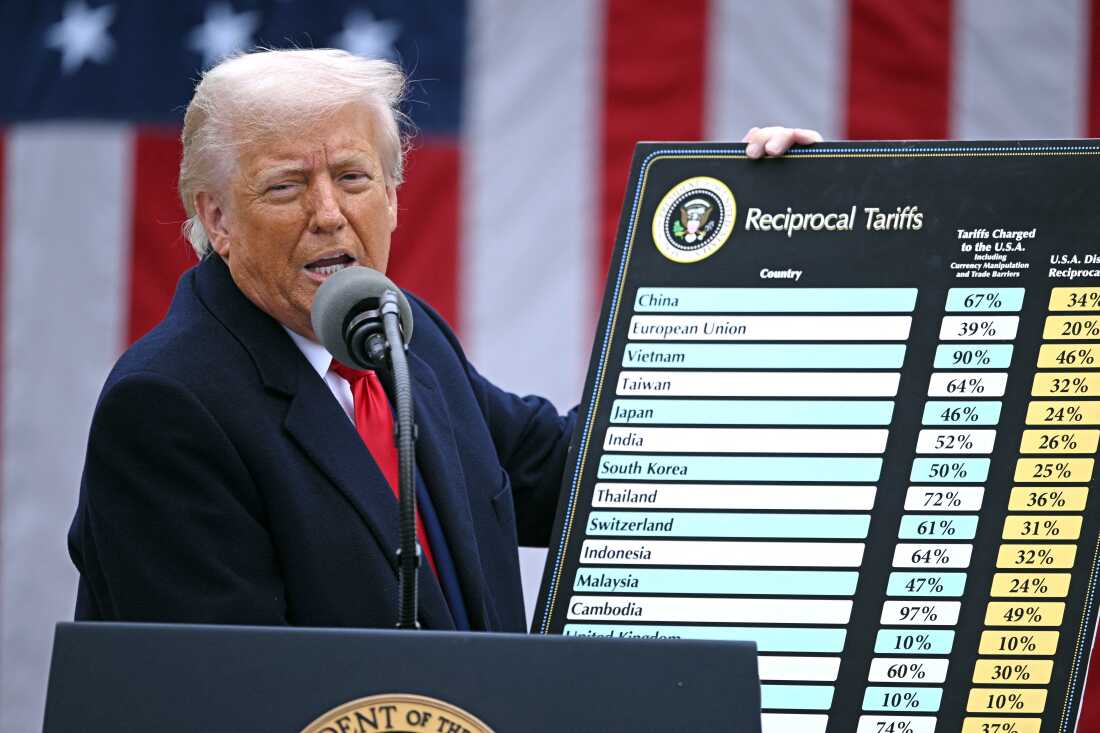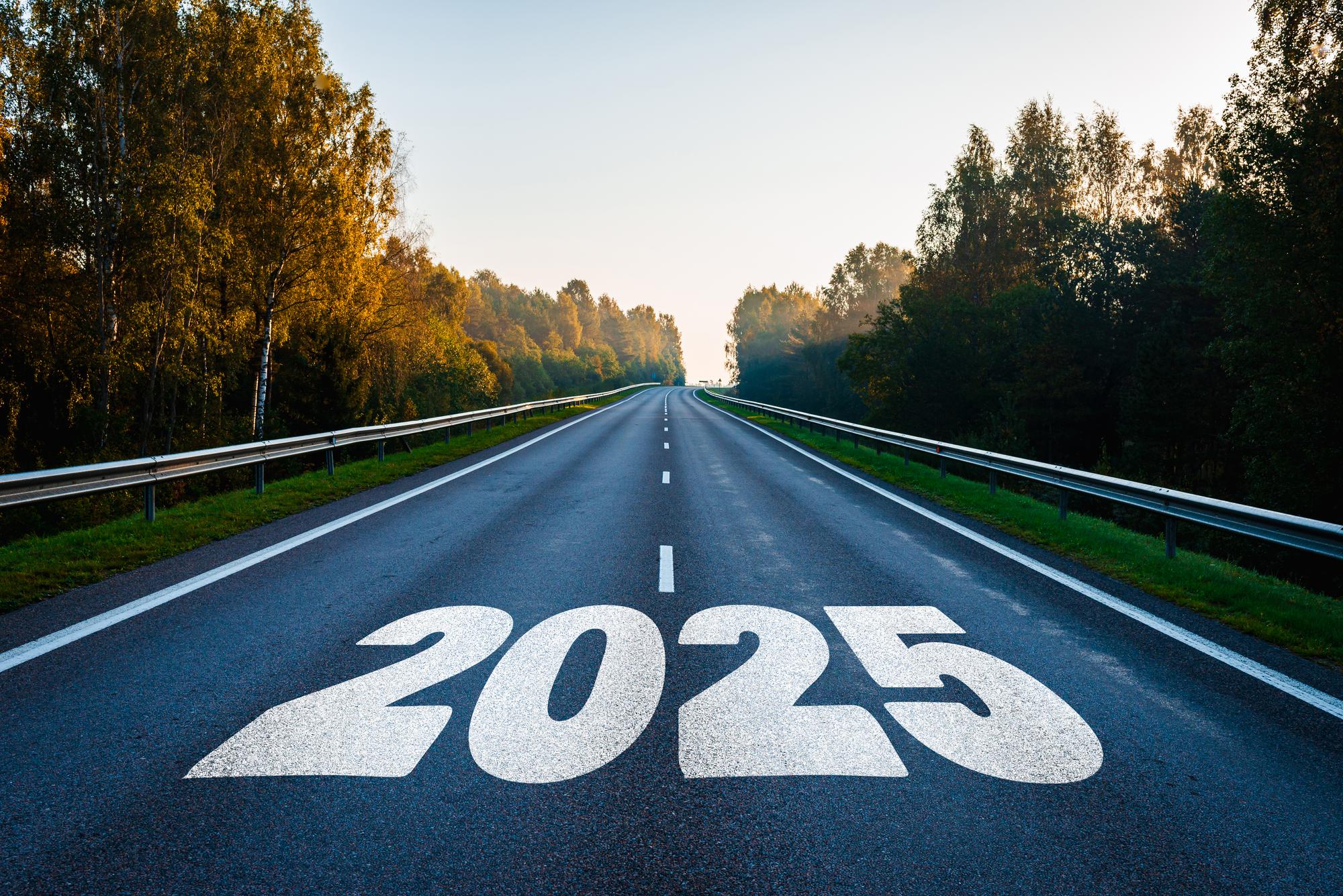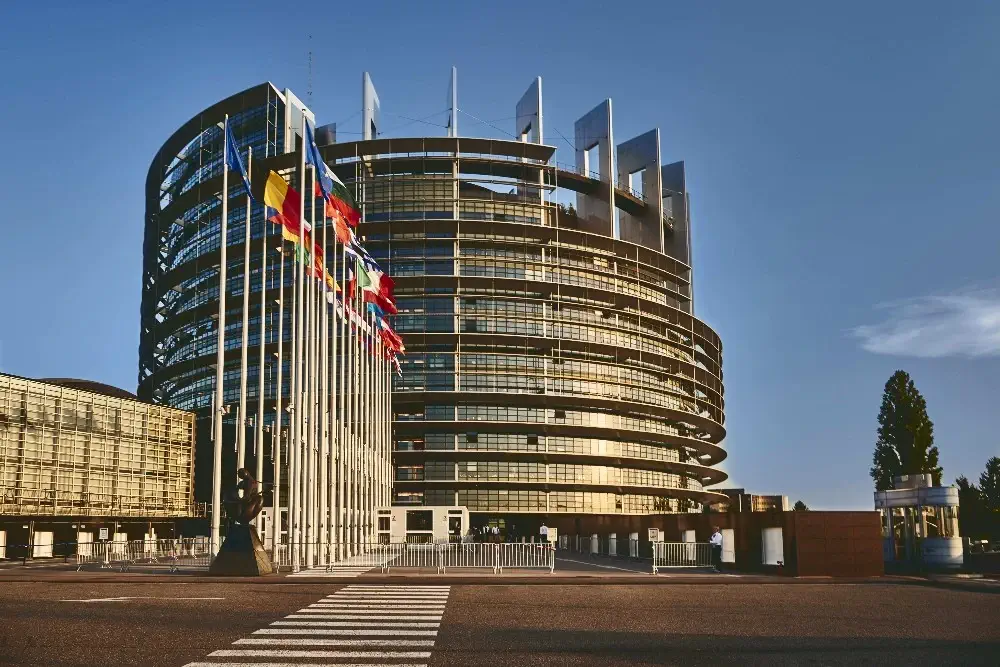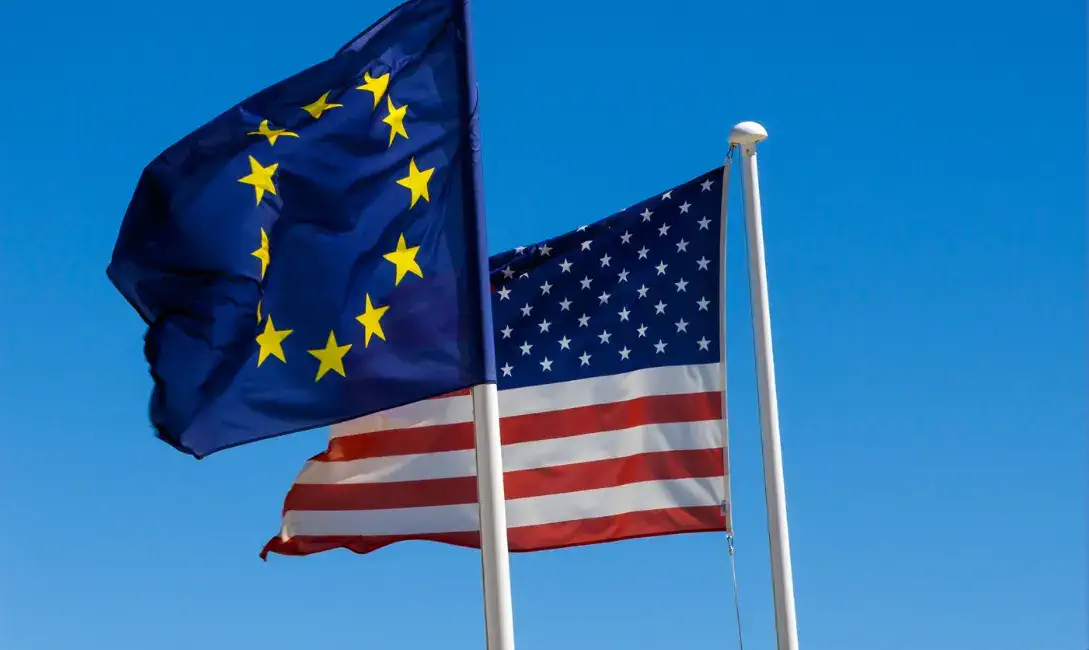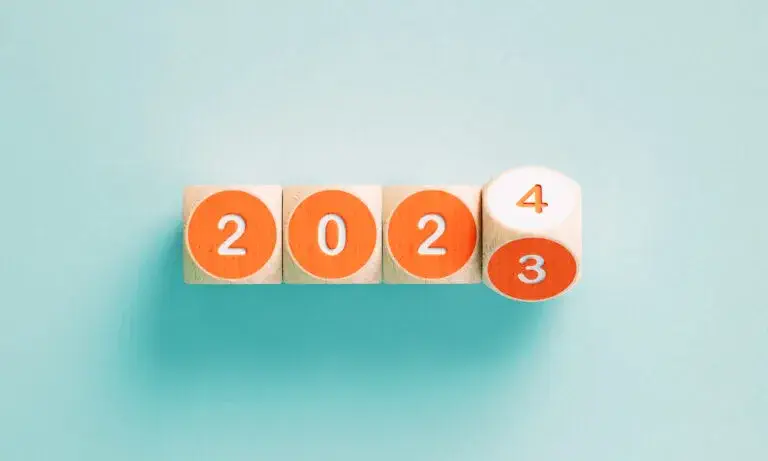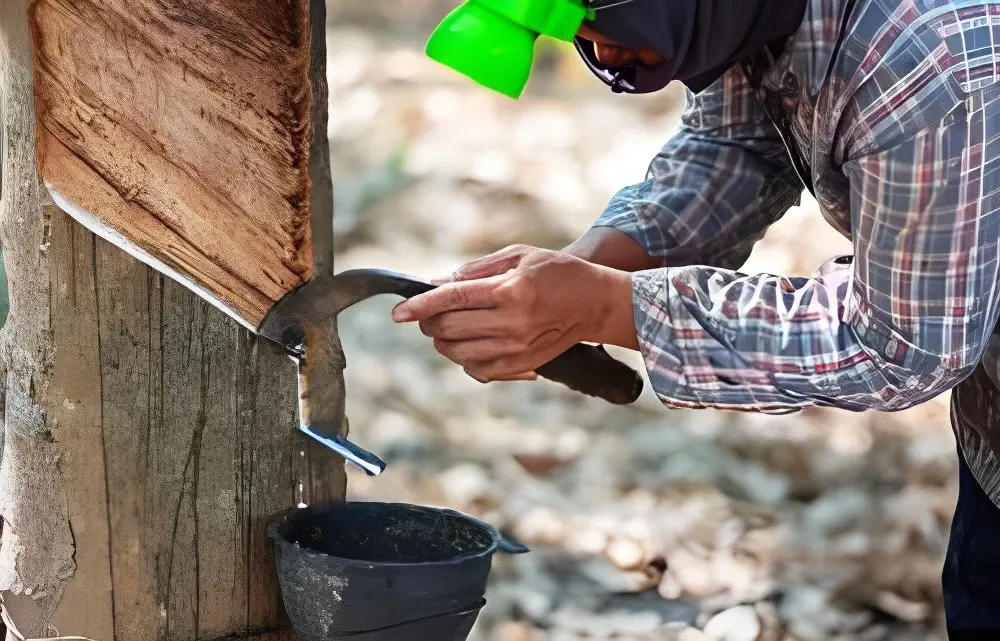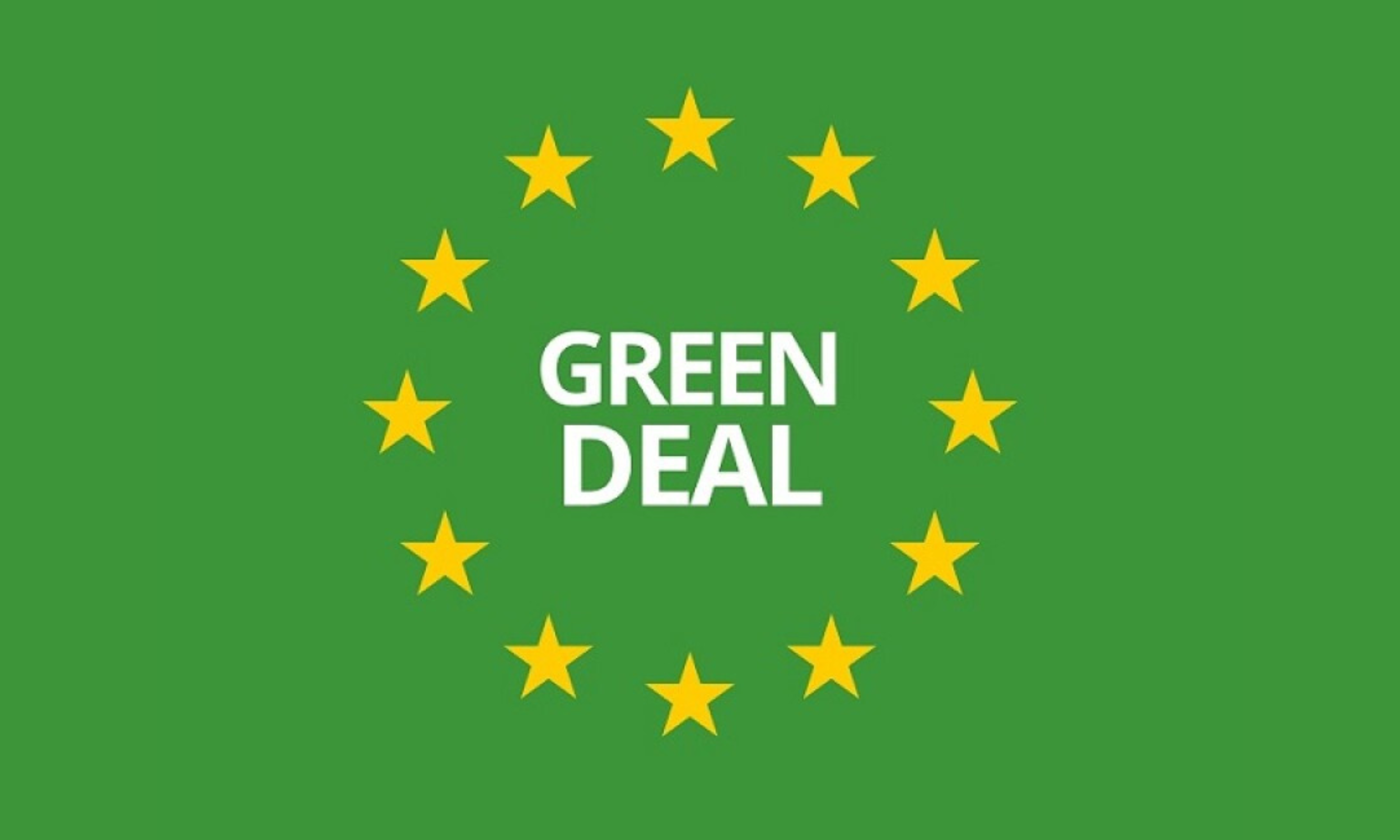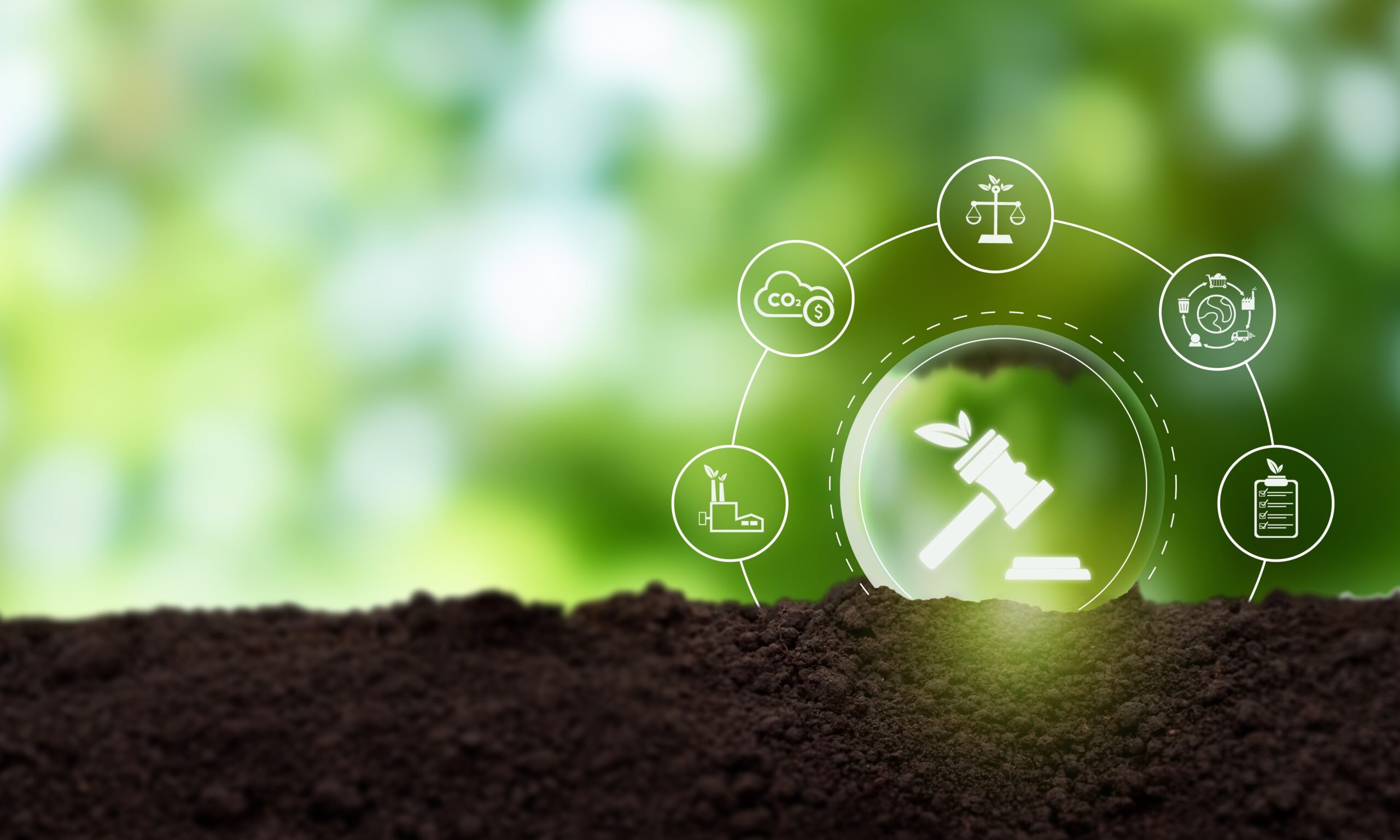
EUDR Country Benchmarking: What Natural Rubber Importers and Exporters Need to Know
Executive Summary
The European Union Deforestation Regulation (EUDR) has officially classified countries into three risk categories that will fundamentally impact natural rubber trade with the EU. With the regulation taking effect on December 30, 2025, both rubber exporters and EU importers must understand how country risk classifications affect compliance requirements, due diligence obligations, and market access opportunities.
Key takeaway: Major rubber-producing nations show a mixed landscape—Thailand, Vietnam, Sri Lanka, India, and Ghana benefit from low-risk status, while Indonesia, Malaysia, Ivory Coast, and Nigeria face standard-risk classifications that require enhanced compliance measures. This creates both opportunities and challenges for the entire supply chain.
Understanding EUDR Country Risk Classifications
The European Commission has finalised its country benchmarking system, creating a three-tier framework that determines compliance obligations and border inspection frequencies for natural rubber trade with the EU.
🟢 Low-Risk Countries (Simplified Compliance)
Low-risk countries enjoy streamlined market access with only 1% of consignments subject to border inspections. Exporters from these countries need only collect basic information for due diligence purposes without conducting full risk assessments, while EU importers can benefit from simplified procurement processes and reduced compliance burdens.
Natural rubber producers with low-risk status:
- Thailand - World's largest natural rubber producer
- Vietnam - Major Southeast Asian producer
- Sri Lanka - Traditional rubber exporter
- India - Significant regional producer
- Ghana - Important West African supplier
🟡 Standard-Risk Countries (Enhanced Compliance)
Standard-risk countries face 3% border inspection rates and must conduct comprehensive due diligence including full risk assessment and mitigation measures. This requires detailed supply chain traceability and extensive documentation from both exporters and their EU trading partners.
Natural rubber producers with standard-risk status:
- Indonesia - World's second-largest producer
- Malaysia - Major Southeast Asian exporter
- Ivory Coast - Leading West African producer
- Nigeria - Emerging regional supplier
🔴 High-Risk Countries (Maximum Scrutiny)
Only four countries received high-risk classification (Belarus, North Korea, Myanmar, and Russia) with 9% inspection rates. These countries represent minimal rubber exports to the EU, so the impact on the global rubber trade is negligible.
Strategic Implications for Exporters and Importers
Opportunities for Low-Risk Country Trade Partnerships
Natural rubber exporters from low-risk countries and their EU importing partners enjoy significant competitive advantages. Reduced compliance costs and faster border clearance create operational efficiencies that benefit the entire supply chain, from producer to end-user.
EU importers can leverage partnerships with low-risk suppliers to reduce their regulatory burden while maintaining compliance. Thailand and Vietnam, controlling approximately 60% of global natural rubber production, offer importers reliable access to compliant supply chains with minimal administrative overhead.
Enhanced Collaboration Requirements for Standard-Risk Countries
Exporters from Indonesia, Malaysia, Ivory Coast, and Nigeria will need to work more closely with their EU importing partners to meet enhanced compliance requirements. EU importers sourcing from standard-risk countries must implement more robust due diligence procedures, including comprehensive risk assessment and mitigation strategies.
This shared compliance responsibility means both exporters and importers have incentives to invest in technology solutions and sustainability certifications that strengthen their market position.
Essential Compliance Requirements for Both Parties
Shared Due Diligence Responsibilities
The EUDR creates shared accountability between exporters and EU importers. Exporters must provide comprehensive documentation proving deforestation-free production after December 31, 2020, while importers must verify and validate this information as part of their due diligence obligations.
Both parties must maintain detailed records including satellite imagery, land-use certificates, and historical forest cover data. Geographic coordinate mapping for all rubber production areas is mandatory, requiring collaboration between field operations and importing companies' compliance teams.
Legal Compliance and Documentation
Exporters must demonstrate compliance with all applicable laws in their country of production, including environmental permits and land-use authorisations. EU importers bear responsibility for verifying this compliance and ensuring their suppliers meet all EUDR requirements before products enter the EU market.
Conclusion
The EUDR country benchmarking system creates new dynamics in natural rubber trade that affect both exporters and importers. Success requires understanding shared compliance responsibilities, investing in collaborative technology solutions, and building strong supply chain partnerships based on sustainability performance.
While low-risk countries offer immediate advantages for both suppliers and buyers, all market participants can succeed through strategic preparation and investment in compliance infrastructure. Both exporters and importers who proactively embrace EUDR requirements will position themselves as preferred partners in an increasingly sustainability-focused global marketplace.
Additional Resources
For the latest EUDR updates and compliance guidance, visit the European Commission's EUDR Implementation page. And view the Country Classification List here.
Oriental Rubber Products - Last updated: May 2025
